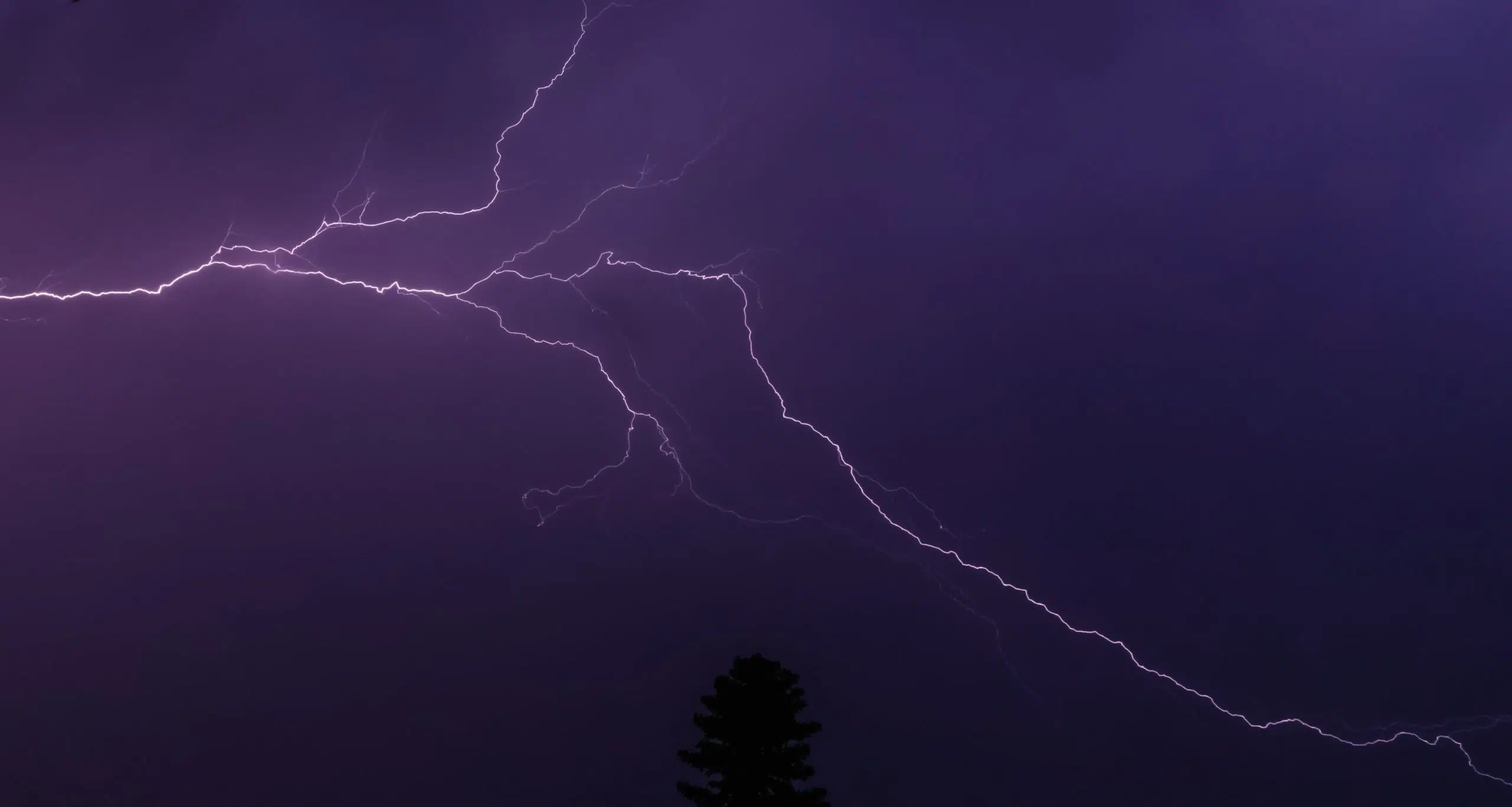
The northernmost Arctic experienced a steep increase in lightning throughout the course of 2021. Scientists say that the extreme weather at the North Pole is a clear consequence of climate change.
The environmental monitoring company Vaisala detected 7,278 lightning strikes in 2021 north of 80 degrees latitude (the Arctic region begins above 65 degrees latitude). This is almost double the amount of lightning the North Pole has seen in the last nine years combined.
Lightning in the Arctic was once considered extremely rare — much like rain — and scientists are pointing to its shift in frequency as an alarming consequence of climate change. Lightning is partially the product of warm and moist air, which is why it is most commonly found in tropical and temperate latitudes.
Lightning is increasing across the entire Arctic, especially the North Pole. Chris Vagasky, a meteorologist and lightning applications manager for Vaisala, told CNN that all signs point to global warming:
“What we’ve been seeing is that lightning and thunderstorms are developing over Siberia, and then moving out over the Arctic Ocean and continuing very far north,” Vagasky explained, adding that “the warm, humid air from all continents are now going out over the Arctic Ocean and they’re persisting over the Arctic Ocean, so that you get storms that are developing there.
“It seems to suggest in the drying and warming climate, these types of storms now reach latitudes that are very much higher than they used to be and closer to the Arctic,” Vagasky said.
The meteorologist also noted that the Arctic is showing signs of climate change’s impact before the rest of the planet:
“We know that the Arctic is changing faster than the rest of the Earth with respect to its climate. And so monitoring these trends in thunderstorms and lightning in this very remote area helps us detect where these warm, moist air intrusions are occurring in this region.”
Rain to become a normal part of Arctic’s weather
A scientific study published last month predicts that rainfall will be normal in the Arctic for the next four to five decades.
Rain will be so normal that it will actually be more frequent than snowfall by 2060-2070. This environmental shift is the product of warmer temperatures in the Northern Hemisphere due to climate change.
Michelle McCrystall, a climate researcher at the University of Manitoba in Winnipeg, who led the study, told CNN that the study’s climate modeling found that the shift would occur up to 20 years earlier than previous models had predicted.
“With the new set of models, this actually has been pushed forward to about between 2060 and 2070, so there’s quite a jump there, by 20 years, with this early transition,” McCrystall said.
The shift will also be led by a massive amount of sea ice melt-off. This loss of ice, combined with warmer air, creates accelerated evaporation, changing the Arctic’s atmosphere significantly. This could have dire consequences for the rest of the planet: regular rainfall in the Arctic could upset Greenland’s ice sheet mass balance, which would dramatically increase global sea levels.
“Things that happen in the Arctic don’t specifically stay in the Arctic,” McCrystall warned. “The fact that there could be an increase in emissions from permafrost thaw or an increase in global sea-level rise is a global problem, and it needs a global answer.”
See all the latest news from Greece and the world at Greekreporter.com. Contact our newsroom to report an update or send your story, photos and videos. Follow GR on Google News and subscribe here to our daily email!



